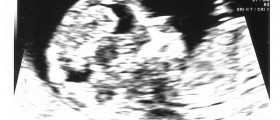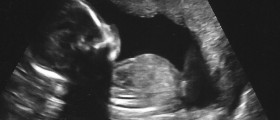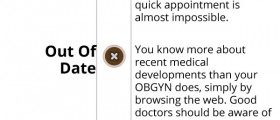
A non-stress test is a relatively simple procedure. It is risk-free and painless for mother and baby. If you are going in for a non-stress test, you will be asked to lie on an examination table, just like when you go for an ultrasound. A wide belt will be attached to your abdomen to monitor your baby's heart rate, and another device will measure any contractions you might be having. Some women are asked to lie on their side for the test, while others will be on their back. Expectant mothers are ask to press a button or tell their healthcare provider whenever they experience a contraction. If your baby is not moving, and could be asleep, your doctor or midwife might push your abdomen to provoke a reaction, or use a buzzer.
An NST generally takes half an hour to an hour. If you are nearing your due date, or have gone past it, a non-stress test could be recommended for that reason alone. If an ultrasound showed that you have exceptionally little amniotic fluid, or more than most women, an NST may also be advised. Women who underwent an external cephalic version (ECV) to turn a breech baby may need a non-stress test to monitor their baby's condition, and those with high blood pressure, or diabetes (gestational or otherwise) also often do the test. Likewise, if your baby suddenly stops kicking, notify your provider so that a non-stress test can be done. Essentially, an NST aims to find out whether your baby is doing OK in your uterus.
















Your thoughts on this
Loading...